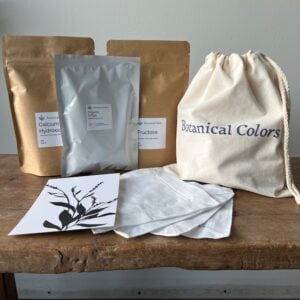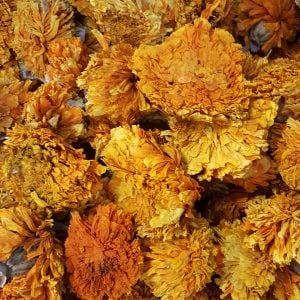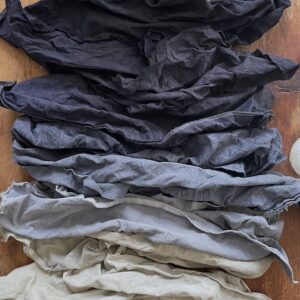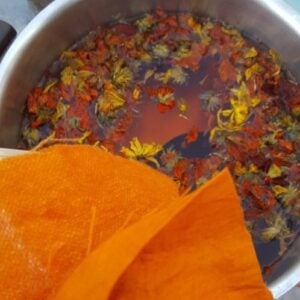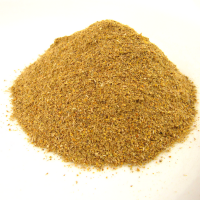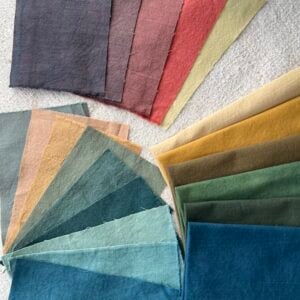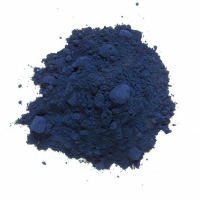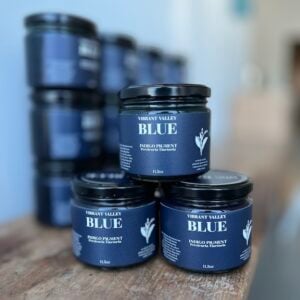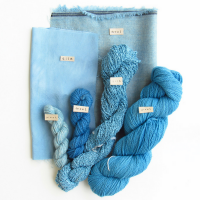The Easy 1-2-3 Fructose Indigo Kit
The 1-2-3 fructose indigo vat is one of our most popular vats for its ease of use and good, strong colors. We made things easy to start your new indigo adventure with this kit that has enough pre-measured indigo and auxiliaries to make a rich vat in a 5-gallon bucket. We’re also including 4 linen blend cocktail napkins that you can dip and make a set of pretty napkins or just use them to show gradations of indigo. The bundle is packaged in an organic cotton bag, that can also be dyed! Experiment with gradation dyeing, shibori, or get into … Read more

